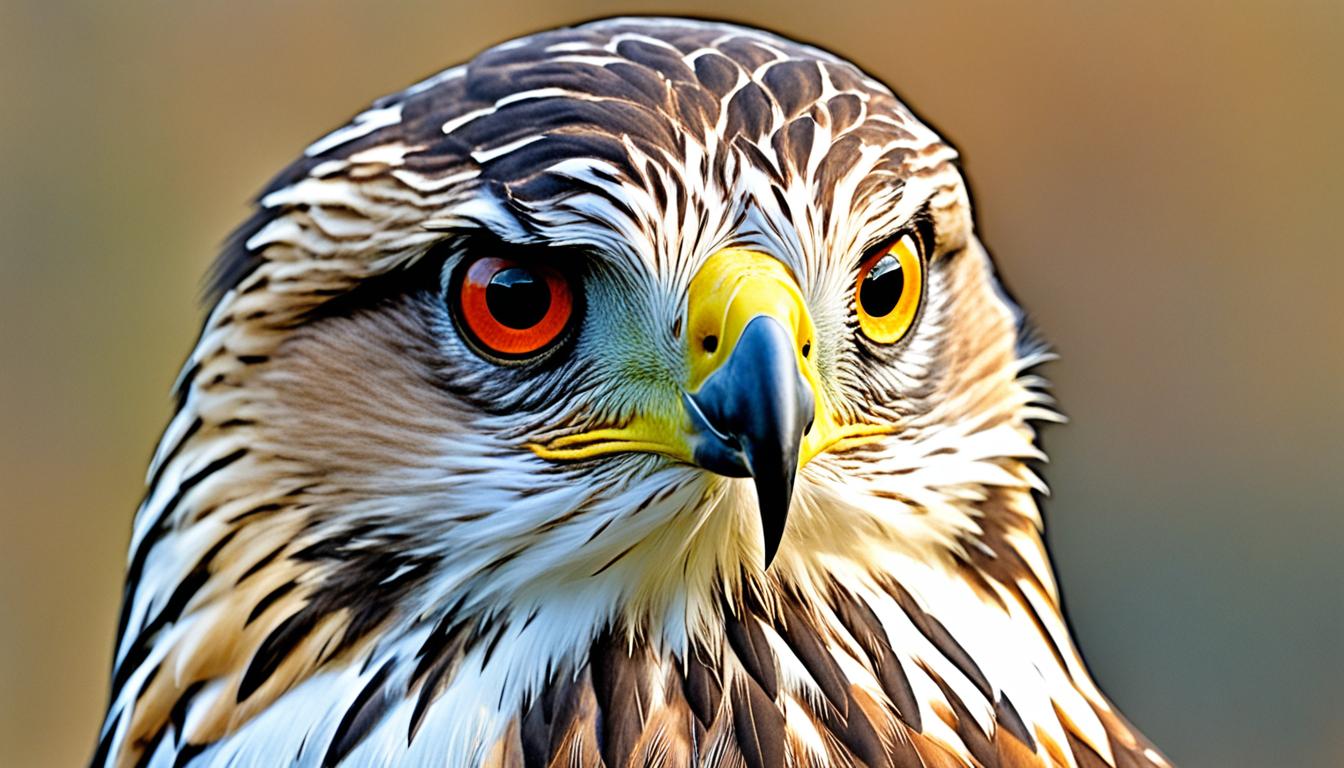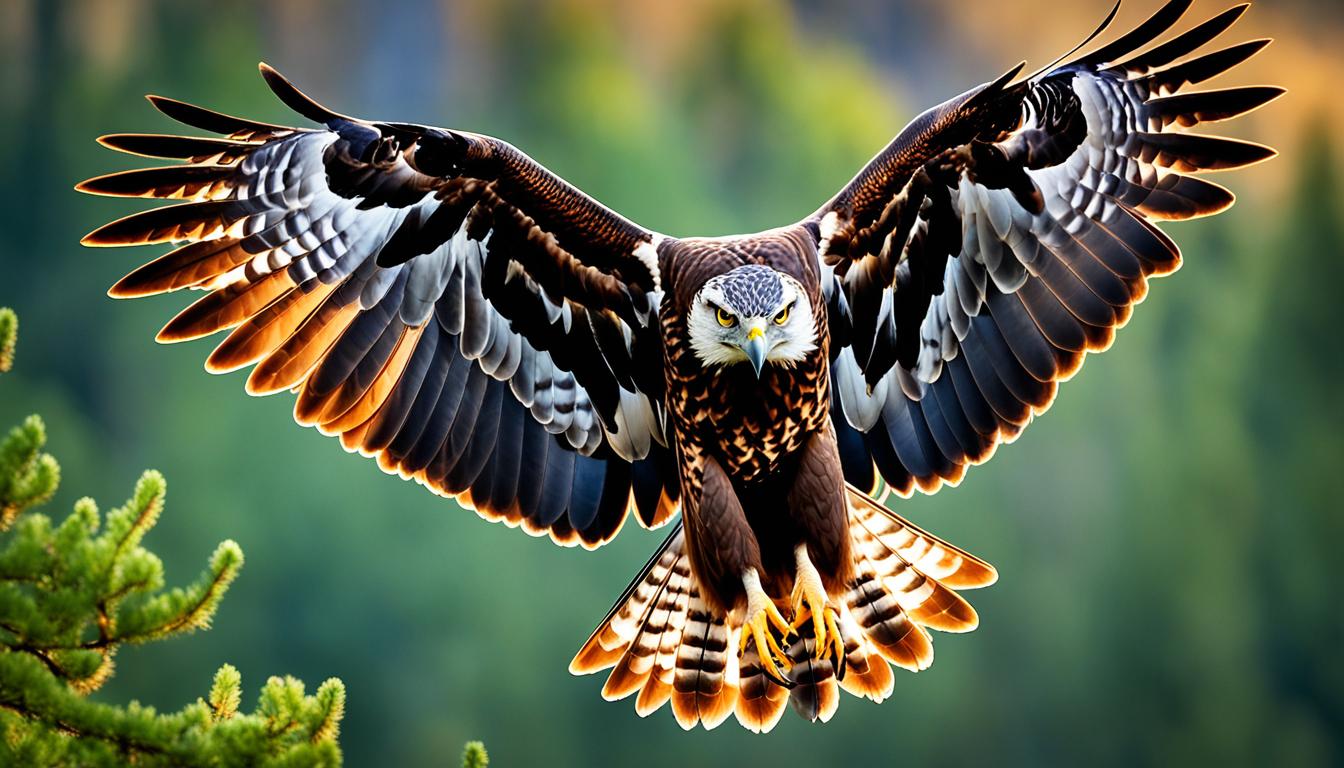A wide variety of creatures retain their sense of smell even while submerged, however, the following odors are most prevalent:
- Shark
- Star-nosed mole
- Shrews
- Fish
- Lobster
- Shark
One of the animals that comes to mind while thinking about which one has the most acute sense of smell is the shark. The capacity to smell is the primary tool used by this predatory fish. This animal places such a high premium on its sense of smell that it devotes a whopping two-thirds of its brain to the olfactory bulb.
It turns out that sharks have about the same level of sensitivity as other fish. Depending on the specific chemical and the type of shark, their ability to detect odors ranges anywhere from one part per 25 million to one part per 10 billion. At the high end of the scale, that’s about equivalent to one drop of blood in a modest swimming pool.

In the case of sharks, they do not really possess a nose or nostrils; rather, they have holes that are similar to nostrils and are referred to as nares. Many skin folds that are coated with sensory cells and are referred to as “olfactory lamellae” are seen inside the nares. These interact with the minute particles that a shark may detect via its sense of smell.
- Star-nosed mole
The star-nosed mole, also known as Condylura cristata, is one of these animals, and it possesses one of the most peculiar noses seen in nature. Its muzzle is comprised of a ring of 23 fleshy tentacles that are each equipped with a touch and smell sensor. This nasal star allows the mole to instantly touch, smell and analyze its environment as it searches for worms to feed. The mole’s habitat is not confined to tunnels in the earth; it is also able to float and will search for food in bodies of water such as lakes and streams. In that location, it makes a unique use of its snout.
- Lobster
Lobsters, for instance, move their antennae in and out of position, which enables special bristles to whisk through the environment’s water and take up passing odor molecules. On the other hand, it was unclear whether or not animals who spent part of their life on dry ground would be able to utilize a regular nose to sniff around below the surface of the water.
- Shrews
Shrews, like other rodents, have a keen sense of smell. When it comes to finding food, they rely on their senses. Through the use of their vibrissae, water shrews are able to sense the movement and shape of their food. Shrews may use these combined tactics to create an effective foraging strategy that enables them to locate prey that is either immobile or in the process of fleeing.
- Fish
There is some evidence that suggests fish have relatively developed senses of smell. Fish rely on their acute sense of smell to seek prey, avoid being eaten by predators, recognize one another, determine the location of secure homes, and even discover breeding sites.










